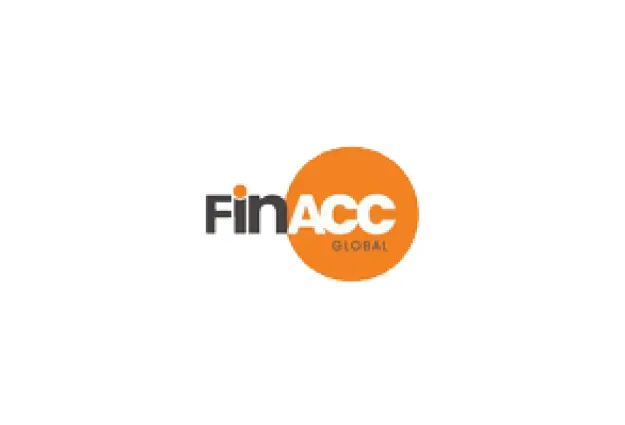This year, restaurants worldwide have been facing an unprecedented crisis due to mandatory lockdowns and region-specific restrictions. They can serve fewer customers, as most food lovers prefer ordering online and getting their food home delivered. These changes have increased the significance of cash flow management even further. Here’re tips that can help in cash flow management and make the process less intimidating.
Cash forecasts
Even the most experienced economists found financial forecasting challenging during 2020. However, firms that created accurate forecasts heading into June remain in a better position than businesses that have chosen to operate on a day-to-day basis since the beginning of lockdown.
Chances of getting caught off guard without sufficient cash in the account for making payments to employees and vendors are higher during the pandemic. Thus, creating a rough estimation of cash flow forecasts and setting income and expenditure expectations for each quarter can be extremely helpful.
Financial records from January to September this year can help understand cash flow visibility and create further forecasts. The same data can help in setting reasonable expectations for the coming months. Your restaurant can craft seasonal budgets and hire temporary staff accordingly.
If your food outlet works with a third-party virtual accountancy firm that provides bookkeeping outsourcing services, you can seek help in setting up financial forecasting tools.
Promotional offers can expedite the cash burn
People appreciate food chains that offer free delivery of food and discounts. On the other hand, restaurants recover food delivery costs with other sources of income. The strategy helps in driving more traffic to restaurant websites. However, the pandemic has changed the way consumers spend. They may prefer opting for items that keep the bill amount lower. Thus, even an increased number of orders with free or subsidized delivery may not help the business climb back.
The same is the case for partnering with food delivery apps and offering dishes at subsidized rates to attract consumers. Online food ordering apps make 20 to 30 percent commission on every bill in some countries, and restaurants working with them struggle to break-even.
A safety net of cash
Considering the increase in the daily number of coronavirus cases, the UK, the US, and other countries are set to introduce lockdowns yet again in October. Thus, businesses need to be ready with a safety net of cash if something unexpected happens.
In case of unexpected events, suppliers may increase costs for materials, expensive kitchen equipment might need a replacement, the government may increase taxes, or any other need for cash may arise. If your restaurant has sufficient cash flow, you would be able to survive the storm even if you don’t know what’s coming your way.
Offering a credit can result in cash flow issues
Providing credit to corporate customers, food delivery apps, and third-party food distribution agencies can help your restaurant with additional business. However, considering the number of companies filing bankruptcy, even offering a monthly credit facility (delivering orders on a post-paid or credit basis) seems like a bad idea. Thus, several restaurants worldwide are charging food delivery apps upfront for orders rather than billing them monthly.
The same goes for accepting credit from suppliers and paying a considerable interest on the amount. Professionals who offer cash flow management services for a restaurant often recommend clients to make immediate payments for food and beverages to vendors and insist on getting discounts for prompt payments. Vendors often welcome upfront payments as it helps them in maintaining cash flow. On the other hand, restaurants can avoid adding debt.
Work with creditors for improving cash flow
Studies have pointed out that food chains in various countries are still finding it difficult to pay rent and mortgage installments due to a drop in business. Real-estate firms and banks offer an extension on payment. Thus, experts recommend that restaurant owners use interest-free payment extension offers or loan restructuring to ensure sufficient cash flow.
Saving labor costs can help
Depending on the local lockdowns, food outlets work in shifts. The recent sales and labor data can help predict the number of employees that the restaurant needs in each shift. Adopting flexible staffing can help in saving labor costs.
Making more purposeful schedules for kitchen and dine floor employees based on hourly sales can help in adjusting costs during the current uncertain times. Evaluate labor costs from time to time and change their shifts whenever required.
When it comes to food deliveries, outsourcing the job to hyperlocal delivery companies can prove to be economical compared to hiring in-house staff for door-step deliveries.
Remove the menu items that aren’t selling
Some restaurants fail to sell enough even to cover their expenses. In most cases, such businesses also have extra inventory that doesn’t move out of dry or walk-in storage. It is advisable to analyze menus for different shifts and point out items that are not selling. Removing such dishes can help in controlling the wastage of food materials in the inventory.
Careful forecasting can assist in controlling food and liquor wastage. Using artificial-intelligence-based digital inventory management tools for getting accurate suggestions based on ordering trends in the industry can be a good idea.




